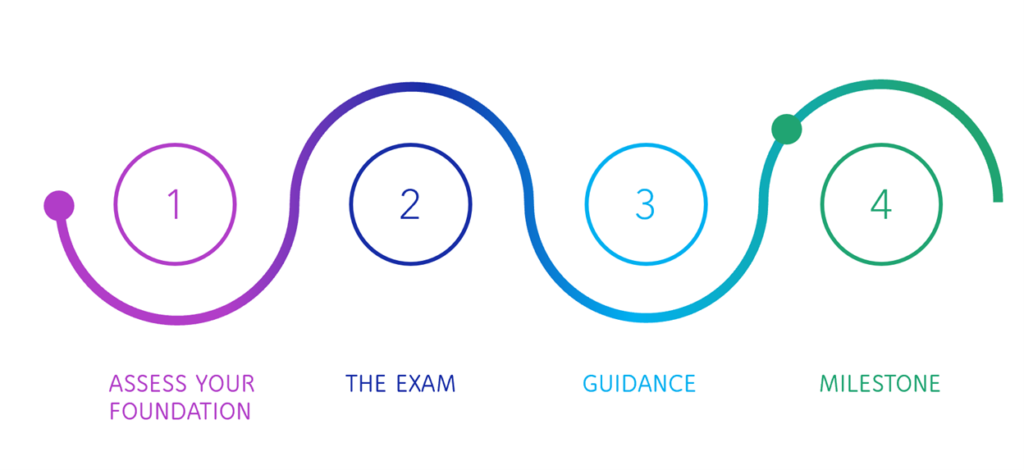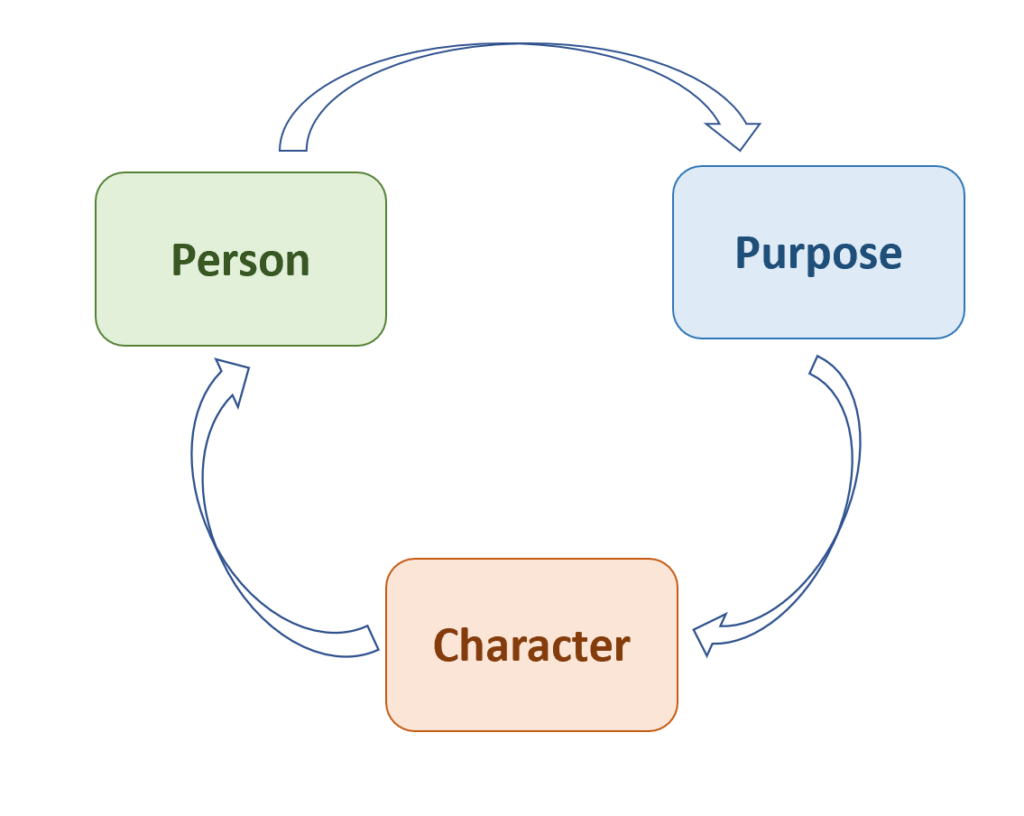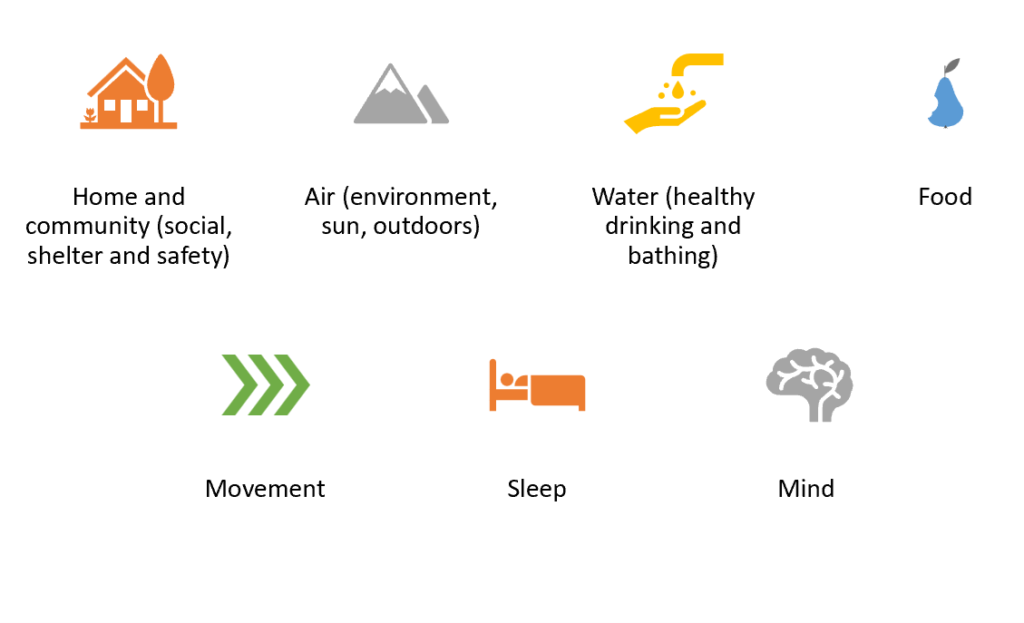Dr. John Untangles Annual Wellness Visits!
Annual wellness visits are a mixed bag. At the extremes, some will say they are nearly worthless while others may claim they can save a life. I would argue that both views are true, but the physician makes the difference. I want to be the physician who tends heavily towards making the annual wellness visit a salutary and sanitary (from salus and sanitas, the Latin words for health and well-being) experience, one that may end up saving a life, even if that outcome only rarely occurs.
We ought to bring back the annual wellness visit. Lack of time looms as a formidable obstacle towards doing so. There may be ways for physicians to use our time more effectively, but that is a subject for another time.
Like birthdays and holidays, there should be a seasonal nature to medicine. Seasonality is intrinsic to the world we live in and to who we are as persons; tapping into that truth in medicine is a simple way to make visits to the physician less onerous. Instead of frequently being a loathsome last-resort decision, this annual (or another frequency if better suited to one’s circumstances) encounter is something that we already have in place, like a bonus, to proactively build towards a more wholesome life. Although controversial and paradoxical, perhaps these seasonal visits will eventually lead to needing them in less frequent intervals than we do currently in older age and saving us money on healthcare expenditures.
The seasonal nature of the annual visit is not, however, the primary benefit. In fact, there are three primary benefits (shown in figure 1) that potentially derive from the annual salutation, as we could also begin to call it (if that’s too ethereal, just call it a medical consultation).

Figure 1: The Three Primary Benefits of the Annual Wellness Exam
The Foundations of Health
Let me explain what these benefits entail starting with number one. To begin, the goal of medicine should be to fortify persons against the onslaughts of living in this broken world. That fortification will take many different forms, but it must rest on a clear vision of what and who the person is in front of you and what and who they are meant to be. I believe medicine should include mending, but it must also be infused with inspiration to live well because we are persons, not disconnected, mechanical robotic beings. We need purpose and integration of our character and role in the world. When this happens, medicine can move beyond mending and into healing. What’s the difference between mending and healing you wonder? Mending is simply mitigating the malaise while healing restores at the core.

Figure 2: The Triumvirate of the Annual Salutation
The annual salutation is perfectly situated to incorporate this overarching structure of person-purpose-character (figure 2 above). This structure is really the ethos that helps inform the other, perhaps less ethereal, foundations of health. Everyone intrinsically knows what these are, but we often make the grave mistake of not addressing them or doing so only superficially. For the sake of clarity, I will list them in figure 3 below in my own way, but my classification is by no means the only way, or even very unique.

Figure 3: The Foundations of Health
In a perfect society, we would not need much help building these foundations. However, our society is generally ill and works to break down all of these foundations. Today, we live in highly-stressful yet highly-disconnected communities. We are surrounded by numerous agents that detract from health, whether it be poor quality foods or the overuse of screens and the various ills that accompany them (e.g. loneliness, sedentary lifestyle). Therefore, it can make all the difference to have a competent ally in fortifying ourselves against the poor food, bad habits, and social malaise in which we live. As physicians, we should be that ally. It just may be worth our time to spend more time with people addressing at least one of these foundations and to really let the patient decide if they want to fortify their life. Let them decide if they want to seek a long-term, character-changing path, rather than the short-term, drug-masking path. We must also decide whether it is worth our time to engage them in this way. We must decide whether we think it is possible or fantastical.
The Exam
Next, I will explain another primary benefit of the annual salutation: the exam. As physicians we all know about the physical exam; we know its benefits and limitations, at least to some reasonably extent. Yet we can always improve from reminders about this physical aspect of the sacred trust that patients give us. Namely, reminders to not take for granted the knowledge we can gain from being proficient, and especially not the healing effect that it can have on our patients.
Our Guidance
The final benefit of the annual salutation; we provide guidance. There is an essential point regarding our guidance to patients. Namely, the beneficial effect of our guidance depends heavily upon our prior engagement with the patient. The degree of healing power a physician has is directly correlated with the trust a patient has in the physician. Build more trust if you want to fortify your patient rather than merely mend them. The catalyst to accomplishing this trusting relationship is built into the first primary benefit: assessing the foundations of health.
